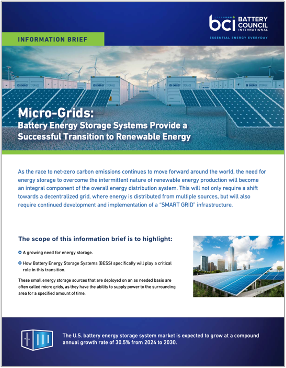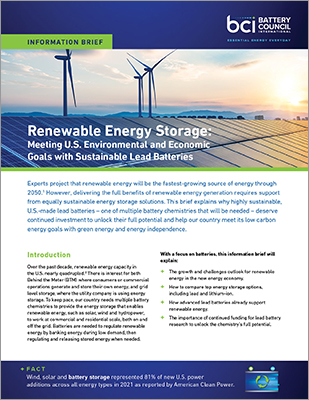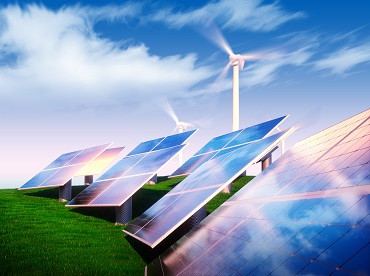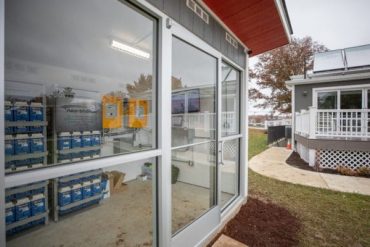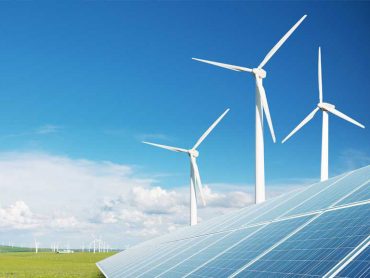The increase in power outages have exposed the strain on our nation’s large-scale grid power system. One solution is creating more localized micro grids. They improve grid stability and advance net-zero carbon emissions by using renewable energy optimized by modern batteries.
Renewable Energy Storage
The need to harness and utilize renewable energy has never been greater. Lead batteries can provide energy storage capabilities for...



